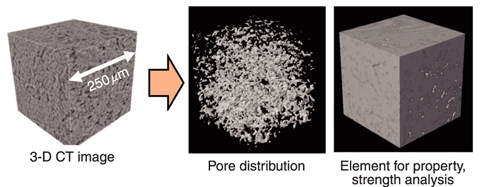Fig.10-1 Nuclear Engineering Research Collaboration Center and Related Organizations

Fig.10-2 Preparation of element suited for strength and property analysis by X-ray CT
JAEA has been promoting joint research and development with industry and academia and has made its nuclear facilities and experimental apparatuses available to meet their needs. This collaboration is under the auspices of the Nuclear Research Collaboration Center (NRCC) established in 2005. and supported mainly by the Nuclear Science and Engineering Directorate, as shown in Fig.10-1. NRCC manages specific technology groups established through collaboration agreements. Presently there are four active technology groups, comprising researchers and experts from universities, industries, and JAEA.
The Advanced Reprocessing Materials Development Group has succeeded in cooperation with Kobe Steel, Ltd. in making original extra high purity (EHP) alloys by cold crucible induction melting (CCIM) coupled with a Ca/CaF reduction method and electron beam cold hearth refining (EB-CHR). These EHP alloys have demonstrated excellent resistance against grain boundary corrosion in severe reprocessing environments. A trial melting of several hundred kg has revealed conditions which make it possible to limit harmful impurities of the EHP alloys to less than 100ppm, even if nuclear grade clippings are used as raw material.
The Special Group for Advanced LWR Thermal-hydraulics Technology is conducting mock-up tests in collaboration with a private industry partner, incorporating improved information management. The Special Group for Nondestructive Hypersensitive Detection of U&Pu has invented a fast neutron direct interrogation method, by which distributions of U and Pu in the interior of waste material can be measured with more than 100 times higher sensitivity than conventional methods (Topic 10-1). Also, an ongoing R&D collaboration with IHI Ltd. and Tokyo University aims to apply this method to detection of nuclear material hidden in personal luggage.
The Graphite & Carbon Materials Characterization Special Group developed an evaluation method of irradiation-caused change in materials in cooperation with Toyo Tanso Co. We succeeded in the determination of pore distribution in fine-grained graphite IG-110 of 20μm grain size by 3D- X-ray CT (Fig.10-2).